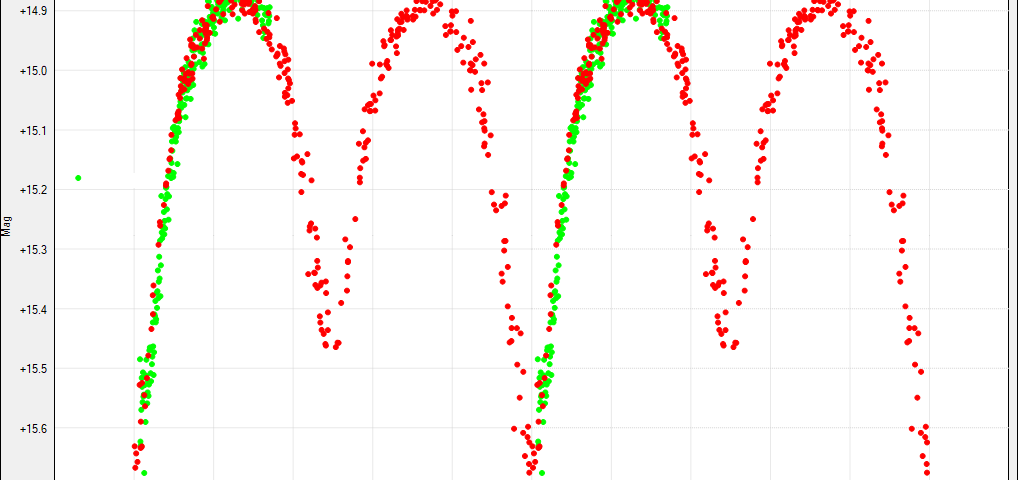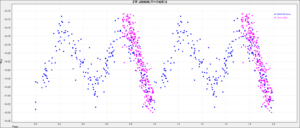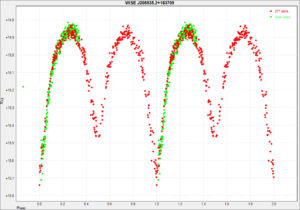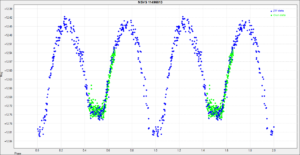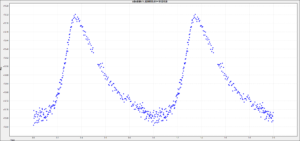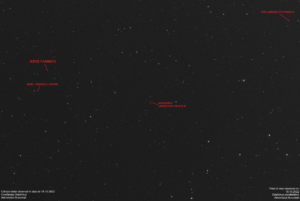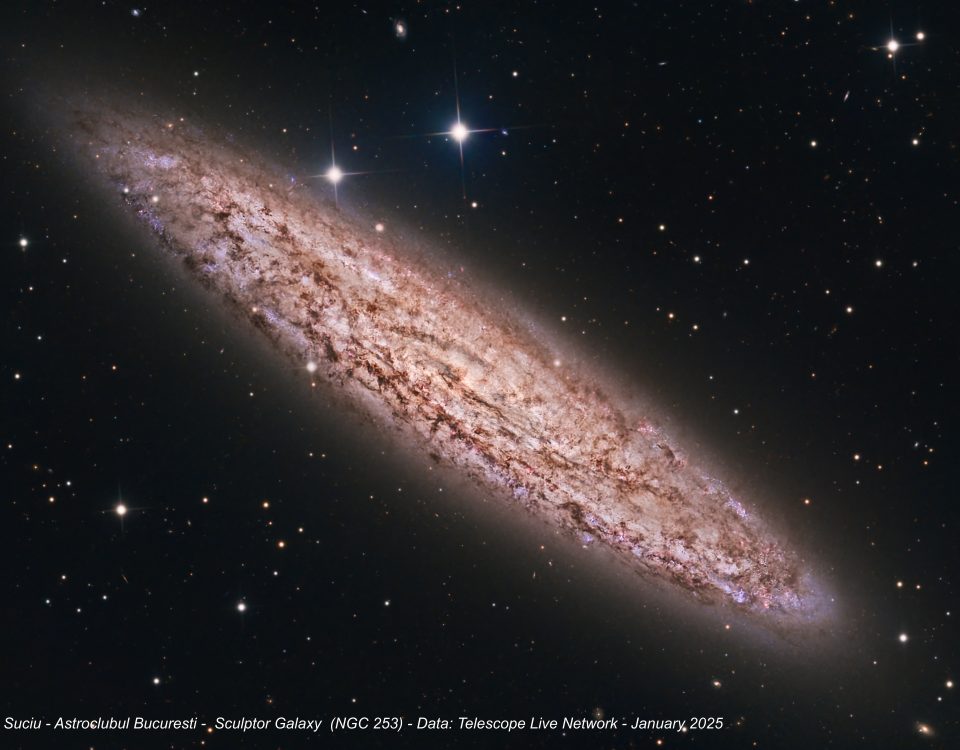Stele variabile din constelația Delfinul de Bogdan Stanciu

Ședința a doua a Cursului de Astronomie de Cristian Suciu și Cristian-Mircea Stancu
noiembrie 6, 2022
Calea Lactee de Cristian Stancu
noiembrie 27, 2022Data publicării 7 noiembrie 2022
RO
Constelația Delfinului (Delphinus) este una din constelațiile mici ale cerului, fiind localizată relativ aproape de steaua Altair din constelația Vulturului (Aquila). De la latitudinea României, Delphinus este vizibilă vara, fiind localizată aproape de ecuatorul galactic. Cele mai strălucitoare stele sunt Sualocin (α Delphini) și Rotanev (β Delphini), cu magnitudini aparente de 3,6 respectiv 3,8 – asta înseamnă că din mediul urban, această constelație nu este foarte ușor de văzut, dar sub un cer mai întunecat, forma specifică a acesteia iese ușor în evidență.
Deși este o constelație mică în dimensiuni, pentru astronomii amatori pasionați de studii fotometrice, aceasta conține o colecție interesantă de stele variabile. De aceea, Astroclubul București a observat o mică parte a acestora în noaptea de 18.10.2022, când vremea a permis fotografierea acestora.
Astfel, în câmpul vizual observat, următoarele variabile au fost analizate fotometric:
-
NSVS 11496613 – tip EW, perioada 11,9 ore, magnitudine aparentă 12,6
-
WISE J205535.2+183709 – tip EW, perioada 8,08 ore, magnitudine aparentă 14,5
-
ASASSN-V J205533.61+181215.8 – tip HADS, perioada 1,8 ore, magnitudine aparentă 13,3-13,6
-
ZTF J205656,77+174257.6 – tip EW, perioada 10,3 ore, magnitudine aparentă 14,1
Nici una din aceste stele variabile nu au observații trimise către baza de date AAVSO, așadar au fost trimise cereri de atribuire a codurilor unice UID pentru a putea înscrie analizele fotometrice efectuate.
Cu excepția variabilei ASASSN-V J205533.61+181215.8, care are o perioadă scurtă, permițând observarea întregului ciclu de variabilitate, pentru celelalte variabile am observat doar o parte din acest ciclu – totuși, comparând datele obținute cu cele din survey-urile oficiale, am văzut o suprapunere foarte bună între acestea.
Date tehnice:
Telescop: Newtonian 250mm, f/4 – BD4SB T025 din cadrul Institutului Astronomic al Academiei Române
Camera: QHY 294M
Număr cadre: 300 x 30 sec
Software analiză: SIPS, VStar
Autor: Bogdan Stanciu
EN
The constellation of Delphinus (Delphinus) is one of the small constellation of the sky, being located nearby Altair, the brightest star of the Eagle (Aquila) constellation. From Romania, Delphinus is visible in the summer, being located close to the galactic equator. Its brightest stars are Sualocin (α Delphini) and Rotanev (β Delphini), having apparent magnitudes if 3,6 and 3,8 – this means Delphinus is not so easily seen from an urban sky, but under a darker sky, the specific shape of the constellation is easily recognized.
Although it’s a small constellation, for the photometry passioned amateur astronomers, Delphinus has an interesting collection of variable stars. Therefore, on the night of 18.10.2022, Astroclubul Bucuresti observed some of these, taking advantage of the good weather.
In the observed field of view, the following variable stars were analyzed:
-
NSVS 11496613 – type EW, period 11,9 hours, apparent magnitude 12,6
-
WISE J205535.2+183709 – type EW, period 8,08 hours, apparent magnitude 14,5
-
ASASSN-V J205533.61+181215.8 – type HADS, period 1,8 hours, apparent magnitude 13,3-13,6
-
ZTF J205656,77+174257.6 – type EW, period 10,3 hours, apparent magnitude 14,1
None of these variables had any observation sets submitted to AAVSO database, so we requested for the UID’s in order to be able to submit the photometric analysis.
Except variable star ASASSN-V J205533.61+181215.8, which has a short period and allowed the observation of the full variability cycle, for the other ones we captured just a partial cycle – however, when comparing these with the official surveys data, we saw a good correlation between the sets.
Technical data:
Telescope: Newtonian 250mm, f/4 – BD4SB T025 within the Astronomical Institute of the Romanian Academy
Camera: QHY 294M
Number of frames: 300 x 30 sec
Software: SIPS, VStar
Author: Bogdan Stanciu


